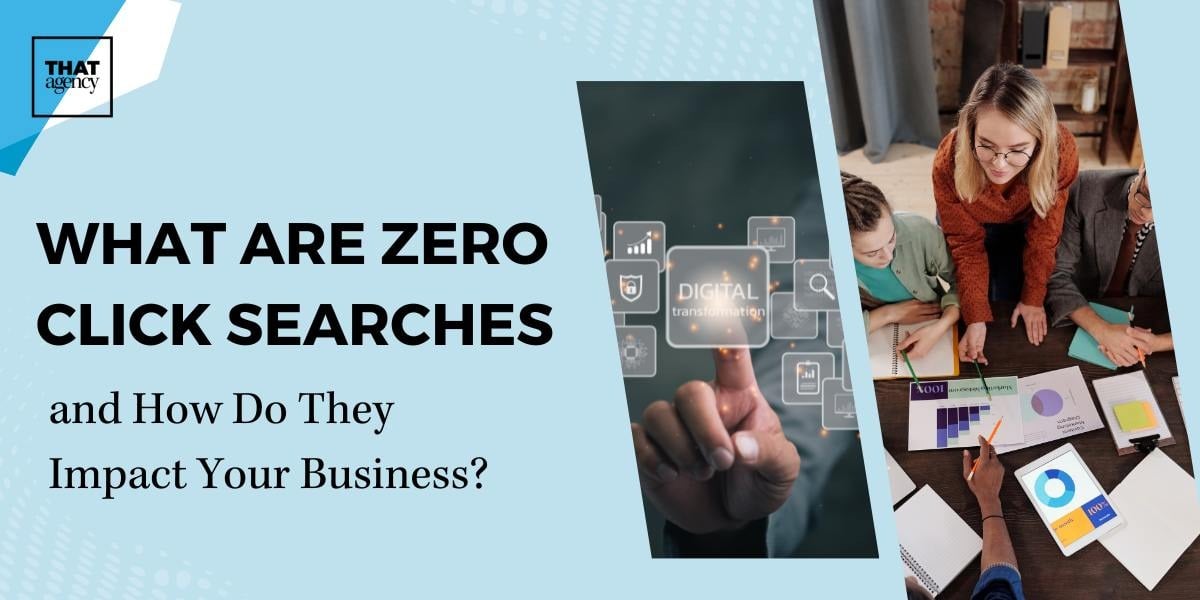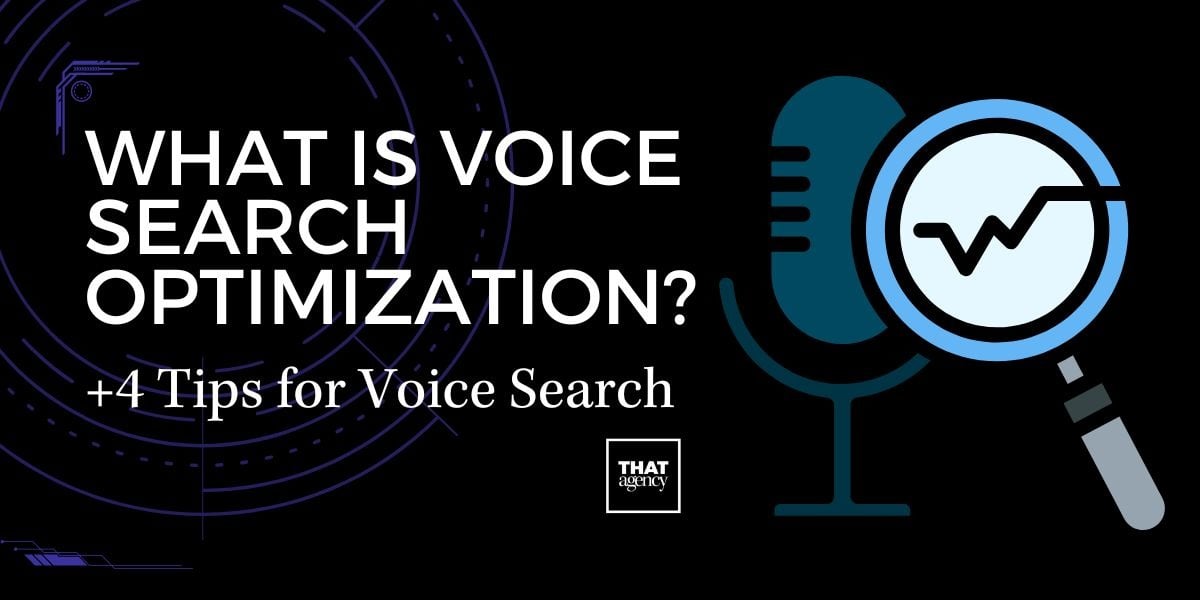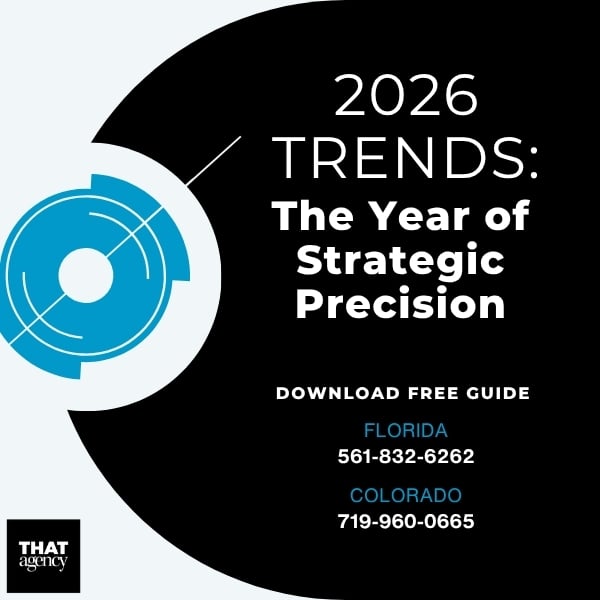If you're looking to enhance your online presence and boost your digital marketing efforts, you've undoubtedly come across the term SEO, or Search Engine Optimization. SEO is the driving force behind higher visibility on search engines, and understanding it is crucial for businesses of all sizes and industries. In this beginner's guide, we'll explore the top 10 SEO examples that can help you improve your search engine positioning and drive better results for your online presence.
Before we dive into the examples, let's clarify what SEO is all about. SEO, or Search Engine Optimization, is the process of optimizing your website and online content to rank higher in search engine results pages (SERPs). The goal? To increase your online visibility, attract more organic traffic, and ultimately drive conversions.
SEO is like the secret sauce of online success. When you optimize your website effectively, you're essentially telling search engines like Google that your content is relevant and valuable to users. For example, if you run a small bakery in Miami, optimizing your website with keywords like "best cupcakes in Miami" can help local cupcake lovers find your delightful treats with ease. This is just one of the many ways SEO can work wonders for businesses of all sizes and niches.
But SEO isn't a one-size-fits-all solution. It's a multifaceted strategy that encompasses various techniques and practices. For instance, a national e-commerce giant optimizing its product pages for high-traffic keywords is playing a different SEO game than a local yoga studio aiming to attract nearby clients. Understanding your unique SEO needs and tailoring your approach accordingly is key to success in the digital landscape.
If you want your website to show up in search results, keyword research is where it all begins. Think of it as figuring out what words or phrases people are typing into Google when they’re looking for something you offer.
Let’s say you run a pet grooming business. Your potential customers might search for things like “dog grooming near me,” “cat nail trimming,” or “affordable pet groomers.” Keyword research helps you find those exact phrases, so you can include them in your website content and get discovered by the right people.
Search engines like Google need to understand what your content is about in order to show it to the right audience. Using the right keywords is like giving Google a clear signal that says, “Hey, this page is exactly what this person is looking for.”
When you use relevant keywords in your blog posts, service pages, product descriptions, or FAQs, you increase your chances of showing up higher in the search results, and that means more clicks, more traffic, and more potential customers.
There are lots of tools that can help you get started. Some popular ones include:
These tools can show you:
Not all keywords are equal. You want to look for relevant keywords that:
For example, instead of trying to rank for a broad keyword like “shoes,” you might target something more specific, like “waterproof hiking shoes for women.” These types of detailed phrases are called long-tail keywords, and they often lead to better results because they match what people are really searching for.
Once you’ve found the right keywords, it’s time to put them to work, and that’s where on-page SEO comes in. On-page SEO means making sure that each page on your website is structured in a way that both people and search engines can easily understand.
Here are the key parts of a web page that should be optimized:
Imagine walking into a store and everything is labeled, organized, and easy to find. That’s what good on-page SEO does for your website. It creates a better experience for visitors and helps search engines understand what your page is about, so they can match it with the right searches.
A quick note: On-page SEO is everything you can control on your own website. Off-page SEO, on the other hand, includes things like backlinks and social shares, basically, how other websites talk about you.
Both matter, but on-page SEO is the place to start because it lays the foundation. If your pages aren’t well-structured, even the best backlinks in the world won’t help much.
You've probably heard the phrase “content is king.” But what does that actually mean?
In the world of digital marketing, high-quality content is one of the most powerful tools you have. It's what helps people find your website, stay on it, and trust your brand. Whether you're writing a blog post, creating a video, or designing a landing page, your goal should be to provide real value to your audience.
High-quality content isn’t just about writing a lot of words, it’s about writing the right words. It should:
For example, if someone searches for “how to train a puppy,” they’re looking for simple, step-by-step guidance. A good article would walk them through the process, include tips from experts, maybe even link to training tools or videos. That’s high-quality content, it’s helpful and easy to understand.
Search engines like Google want to show people the best possible results. So when your content answers a question better than anyone else’s, you have a better chance of ranking higher.
Plus, good content keeps visitors on your site longer, which tells Google your content is worth promoting. If people land on your page and leave quickly, that’s a sign your content might not be meeting their needs.
You don’t have to post every day, but consistency is key. Whether it’s once a week or twice a month, having a regular content schedule helps keep your site fresh. Over time, your blog or resource section becomes a go-to spot for useful information, and that builds trust with both your audience and search engines.
These days, most people browse the web on their phones. Whether they're shopping, searching for services, or reading articles, they're doing it from a device that fits in their pocket. That’s why mobile optimization isn’t optional, it’s essential.
Mobile optimization means making sure your website looks good and works properly on all screen sizes, especially smartphones and tablets. A mobile-friendly site should:
This kind of setup is called responsive design, and it ensures your site adjusts automatically to fit any device.
Google has made it clear: if your site doesn’t work well on mobile, it can hurt your search rankings. That’s because Google uses something called mobile-first indexing, which means it looks at the mobile version of your site first when deciding how to rank it.
And from a user perspective, think about your own habits. If a website takes too long to load or looks messy on your phone, you're probably going to leave, right? Your visitors will do the same.
You can use tools like:
These tools will tell you if there are problems and give suggestions on how to fix them.
Making your site easy to use on mobile isn’t just about SEO, it’s about giving every visitor a great experience, no matter how they find you. And when users are happy, search engines are too.
Have you ever clicked on a website and had to wait... and wait... and wait for it to load? Chances are, you didn’t stick around for long. That’s why page speed optimization is such a big deal, not just for visitors, but for search engines too.
Page speed refers to how quickly your website loads when someone clicks on it. This includes how fast text appears, how soon images show up, and how long it takes before someone can actually start using the page. Even just a few seconds of delay can cause users to leave, and once they’re gone, they probably won’t come back.
Search engines like Google want to give people the best experience possible. A slow website frustrates users, so Google is less likely to show it near the top of search results. That’s why page speed is a confirmed ranking factor in Google’s algorithm.
From a user perspective, faster pages mean:
It’s a win-win for both users and your SEO performance.
There are free tools that make it easy to test your site’s speed. Some popular ones include:
These tools give you a speed score and show what’s slowing your site down, like large images, unnecessary scripts, or too many plugins.
Here are some of the most common culprits:
If your site takes more than 3 seconds to load, most users will leave. That’s why it’s so important to fix speed issues quickly.
Here’s how you can speed things up:
Remember, every second counts. A faster website means happier users and better rankings.
When it comes to building your website’s reputation online, backlinks are one of the most important factors. They can have a huge impact on your search engine rankings, but only if they come from the right places.
Backlinks are links from one website to another. So, if another website links to your blog or homepage, that’s a backlink for you. It’s like someone pointing to your site and saying, “Hey, this is worth checking out!”
Search engines look at these links as votes of confidence. The more trustworthy sites that link to you, the more trustworthy you seem to Google.
Backlinks help your SEO by:
But not all backlinks are created equal. Quality matters more than quantity. A few links from high-authority, well-respected websites can be way more powerful than dozens of random or spammy links.
Here are some qualities of a strong backlink:
For example, if you run a fitness blog and a major health site links to one of your workout guides, that’s a high-quality backlink. It makes sense, it’s relevant, and it builds your authority.
Here are a few smart ways to earn backlinks:
Just remember: focus on earning backlinks, not tricking search engines into thinking you’re popular. Google is smart, and if it catches shady link-building tactics, it can hurt your rankings instead of helping them.
If your business has a physical location, like a restaurant, salon, shop, or service area, Local SEO is something you can’t afford to ignore. It’s all about helping people nearby find you online and visit you in person.
Let’s say someone is searching for “best coffee shop near me.” Local SEO is what helps your business show up on that list of results, especially in Google’s map listings. Without it, you’re missing out on nearby customers who are ready to take action.
Local SEO (Search Engine Optimization) is the process of optimizing your website and online presence so that you show up when people search for businesses or services in their area. It’s especially important for brick-and-mortar businesses and service providers that work within a specific geographic region.
When someone searches with a local intent, like “plumber in Tampa” or “Italian restaurant downtown”, Google shows them results that are close by. You want your business to show up at the top of that list. Why? Because most people:
If your business doesn’t show up, your competitors will, and they’ll get the traffic (both online and in person) instead.
Here are a few key ways to boost your local visibility:
Yes. Just being online isn’t enough. If your competitors have better-optimized local listings, they’ll rank higher, and most people won’t scroll far to find you. Local SEO helps you stand out in a crowded space and builds trust with your community.
Think of your website like a building. You could have beautiful decor and amazing products inside, but if the foundation is shaky or the doors don’t open properly, people won’t be able to get in, or they’ll leave quickly. That’s where Technical SEO comes in.
Technical SEO refers to the behind-the-scenes setup of your website, the stuff that search engines like Google look at when deciding how to rank your site. It’s not about content or keywords, but rather how your website is built and structured.
In short, it helps search engines:
If your site is hard for Google to crawl, it won’t matter how great your content is, you won’t rank well.
A well-optimized site makes it easy for search engines to do their job. If search engines can’t crawl or index your site correctly, they won’t show your pages in search results. That means fewer clicks, fewer visitors, and fewer opportunities to grow your business.
It also improves the experience for users by:
Here are the main areas you should focus on:
Not at all. While some technical tasks may require developer help (like fixing code or server issues), many tools can guide you through the basics:
Even taking a few small steps, like cleaning up broken links or improving your site speed, can make a big difference.
Think of your website like a physical store. When people walk in, you want them to feel comfortable, find what they need easily, and enjoy their visit enough to stay, and maybe even buy something. That’s exactly what User Experience (UX) Optimization is all about.
User experience refers to how people interact with your website. Is it easy to navigate? Is the content helpful? Does the site load quickly? Can people find what they’re looking for without frustration?
Google pays close attention to how users behave on your site. If people click on your page but quickly hit the back button (called a bounce), that tells Google your site might not be meeting their needs. On the other hand, if visitors stay, scroll, click around, and engage with your content, Google sees that as a good sign, and may rank your site higher.
A good user experience helps your SEO in two major ways:
Think of it this way: you wouldn’t shop in a store where the lights are flickering, the aisles are confusing, and no one is around to help. Your website shouldn’t feel like that either.
Here are some practical ways to make your site more user-friendly:
You can look at things like:
You’ll find this data in tools like Google Analytics, and we’ll talk more about that next.
Once your website is up and running, you’ll want to know how it’s performing. That’s where analytics and monitoring come in. They help you see what’s working, what’s not, and where you can improve.
SEO monitoring means tracking your website’s performance over time, using data to make smart decisions. It’s like checking your progress in a workout plan, you want to know if what you’re doing is actually helping you reach your goals.
By using the right tools, you can measure things like:
Because SEO is never one-and-done. Search engine algorithms change. Your audience’s needs change. Your competitors update their websites. Without tracking your results, you won’t know how to adapt.
Analytics help you:
Here are two essential tools to get started:
Bonus tools:
A good rhythm is:
By keeping an eye on how your website performs and how users interact with it, you’ll be better prepared to improve your content, fine-tune your SEO strategy, and grow your business.
If you’ve ever searched for something on Google, like “best pizza near me” or “how to fix a leaky faucet”, you probably clicked one of the top results, right? That’s where search engine positioning comes in.
Search engine positioning refers to the exact spot your web page shows up on a search engine results page (also known as a SERP). For example, if your website shows up as the second result when someone searches “best SEO tools,” your positioning for that keyword is #2.
The higher your position, the better. Why? Because the top few results get the most attention. In fact, studies show that most people never even scroll past the first page of results, and the first three listings get the majority of clicks.
Think of it like this: the internet is a huge shopping mall, and your website is your store. Good search engine positioning is like having your store located right at the front entrance. More people see it, more people come in, and more people buy what you’re offering. On the flip side, if your site shows up on page two or three, it’s like having a shop hidden down a side alley, not many people will find you.
You might be wondering, isn’t this just SEO? They’re closely related, but not exactly the same. SEO (Search Engine Optimization) is the process you follow to improve your site, things like adding keywords, speeding up your site, or earning backlinks. Search engine positioning is the result of those efforts. It’s the actual ranking your page has for a certain keyword.
So while SEO is the work, search engine positioning is the scoreboard.
There are several factors that can affect where your page lands in search results, including:
Google uses all of these signals (and many more) to decide how to rank pages.
If you're not happy with where your site shows up, you're not stuck. You can improve your search engine positioning by:
It takes time, but small improvements can lead to better visibility and more traffic over time.
In conclusion, mastering SEO is essential for businesses and organizations looking to improve their online presence and digital marketing effectiveness. By implementing these top 10 SEO examples, you can enhance your search engine positioning and drive better results for your online visibility, engagement, and overall success.
Ready to take your SEO to the next level? Contact THAT Agency for expert guidance and services tailored to meet your unique digital marketing needs. Whether you're a small business, an e-commerce company, or a large enterprise, THAT Agency specializes in web design, SEO optimization, and online advertising to help you achieve your digital marketing goals. Don't miss out on the opportunity to boost your online presence – take action today!
Tags: SEO, SEO best practices, Search Rankings, seo trends 2024, SEO examples

What are Zero Click Searches and How Do They Impact Your Business?

What is Voice Search Optimization? +4 Tips for Voice Search

Leveraging Predictive Analytics Marketing for Smarter Decisions

Consumer Behavior Trends 2026 Every Business Must Factor Into Their Marketing Plan
.jpg)
AI Image Generation for Marketers: What’s Possible and What to Avoid
700 S. Rosemary Ave.
Suite 204-707
West Palm Beach, FL 33401
P: 561.832.6262
F: 561.832.7707

